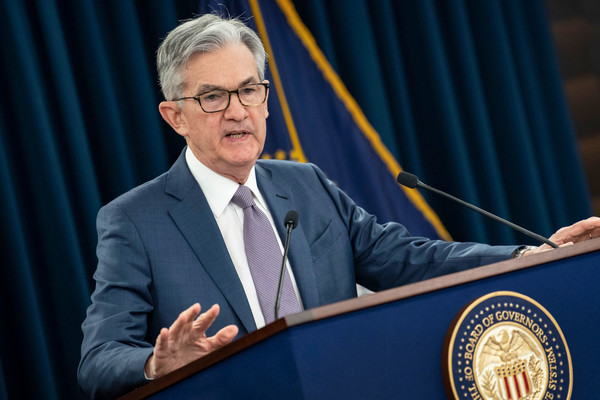The global economy is in a precarious position. Countries are struggling to constrain inflation, the stock market has been sliding, and lowered projections about the economy point toward a possible recession. However, how much of the fear is justified? In this Debate, we explore the question of where the global economy is heading — is it really true that the economy could only get worse?
The basic economics of supply and demand tells you that when prices start to rise, there are two solutions: decrease demand or increase supply. The pandemic, Russia’s invasion of Ukraine, climate disasters, and supply chain disruptions have aggravated worldwide inflation. To deal with stubbornly rising prices, central banks around the world have been aggressively raising interest rates in an effort to constrain demand. In particular, the Fed, the central bank of the US, has been hiking up interest rates to a degree that was unseen over the past four decades. In September, it approved a third-straight 0.75 percentage point increase. That might mean stabilizing inflation in the US and a stronger dollar, but what does it mean to the rest of the world? Amplified risks of an economic crisis.

The influence of the US on global finance and trade is outsized, especially since the US dollar is the world’s reserve currency. According to the International Monetary Fund (IMF), 40% of international transactions are made in dollars. Aggressive interest rate hikes have been pushing up the value of the dollar to a degree that many other major currencies have reached a decades-long low compared to the dollar. For example, in July, the euro fell below parity against the dollar for the first time in 20 years. And in parts of the world where food and energy insecurity are already thrusting countries toward economic turmoil, a devalued currency exacerbates the situation by driving up costs of essential imports such as oil or grain. Moreover, recent research by the Brookings Papers found that dollar appreciation erodes economic progress in emerging economies, especially due to the increased value of dollar debts. Considering that the Latin American debt crisis in the 1980s spiraled out of control when the US interest rates started rising sharply, it is not unreasonable to fear that developing countries might now be pushed into a similar crisis.
Nevertheless, it should be acknowledged that without the rapid responses of central banks with monetary tightening, the world would be in a much worse situation. The OECD September report projected that headline inflation would peak in the third quarter and decline by the fourth quarter for major economies, although still remaining at relatively high levels. However, other international organizations have been putting forth a grim outlook for this and the coming year. A September report by the World Bank warned that the world may be faced with a global recession by 2023, spurring financial crises in developing economies; UN Conference on Trade and Development (UNCTAD) alluded to the hike in Fed policy rates, noting their likely negative impact on developing economies. The belief that higher interest rates will be able to tackle inflation without generating a recession is “an imprudent gamble”, according to the report. The IMF and World Trade Organization also reported downgraded predictions for economic growth for 2022 and 2023. With such far-from-optimistic predictions rolling out, it is perhaps impossible for the general public and investors to remain calm.
Economic stagnation — and the panic surrounding it — are being directly reflected in the volatile stock market. In September, Wall Street closed an ugly third quarter, marking three consecutive quarters of losses for the first time since the 2008 financial crisis. Despite the aggressive interest rate hikes advanced by central banks, inflation still remains far above the targets, and anticipation of even higher rates in the future translates to sliding stock prices. Europe’s Stoxx 600 finished almost 5% lower, and China’s CSI 300 fell more than 15% in the third quarter. Concerns about the global economy are putting the stock market in an increasingly precarious place.
While hiking up interest rates may cool off the economy, doing so without enough time for its effect to pervade can lead to dire unintended consequences. It can increase unemployment at home and adversely affect vulnerable economies. UNCTAD recommended that rather than focusing on demand-side solutions such as increasing interest rates, policies should target price spikes directly through supply-side measures such as price caps. World Bank Group President, David Malpass, also emphasized that “Policymakers should shift their focus from reducing consumption to boosting production,” including measures such as generating investment and improving productivity and capital allocation. Being too panicked and pessimistic about the future won’t make the situation any better, but the persistent red flags in economic trends provide enough reason to rethink the current solutions and where the global economy is heading.

